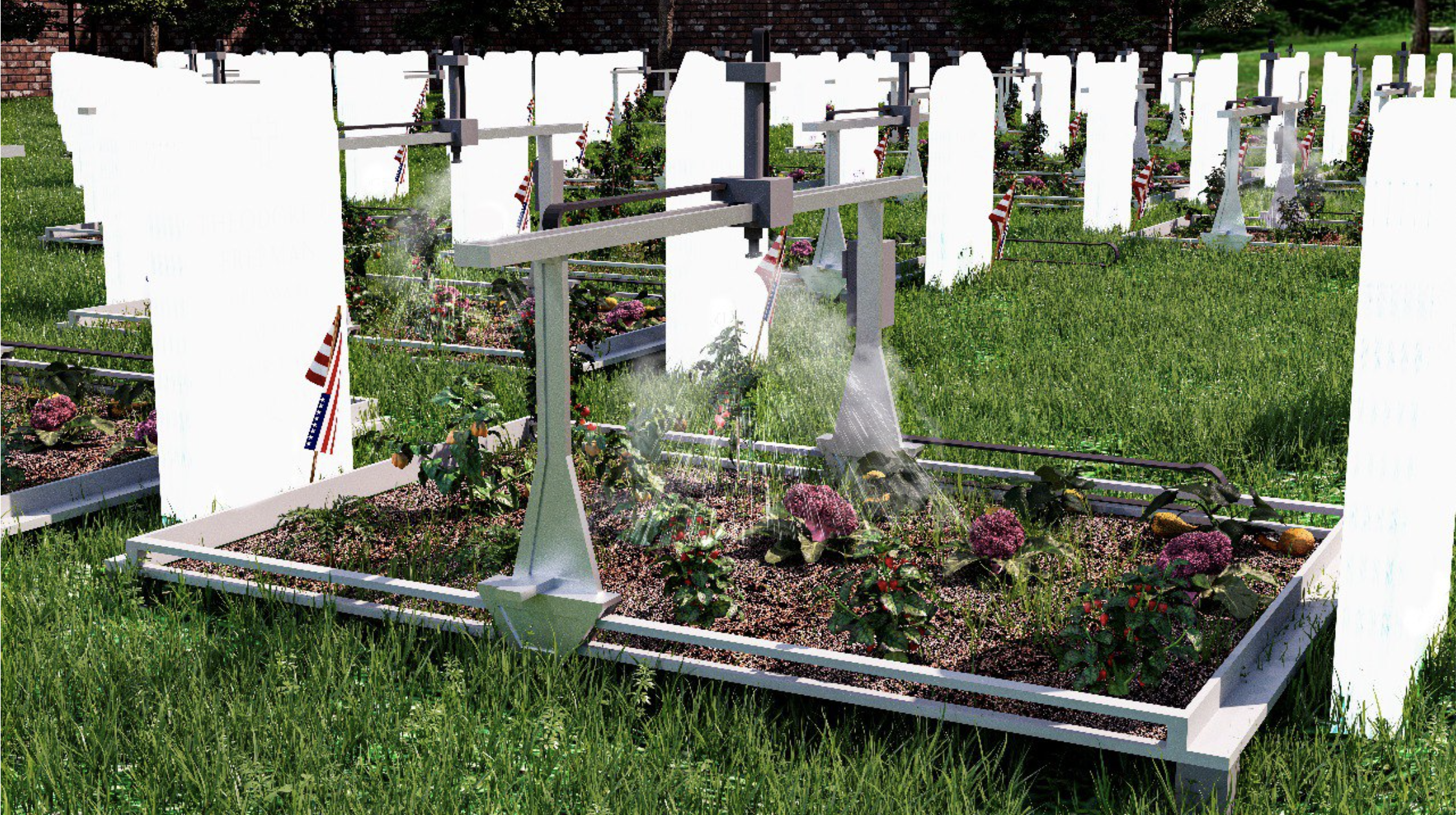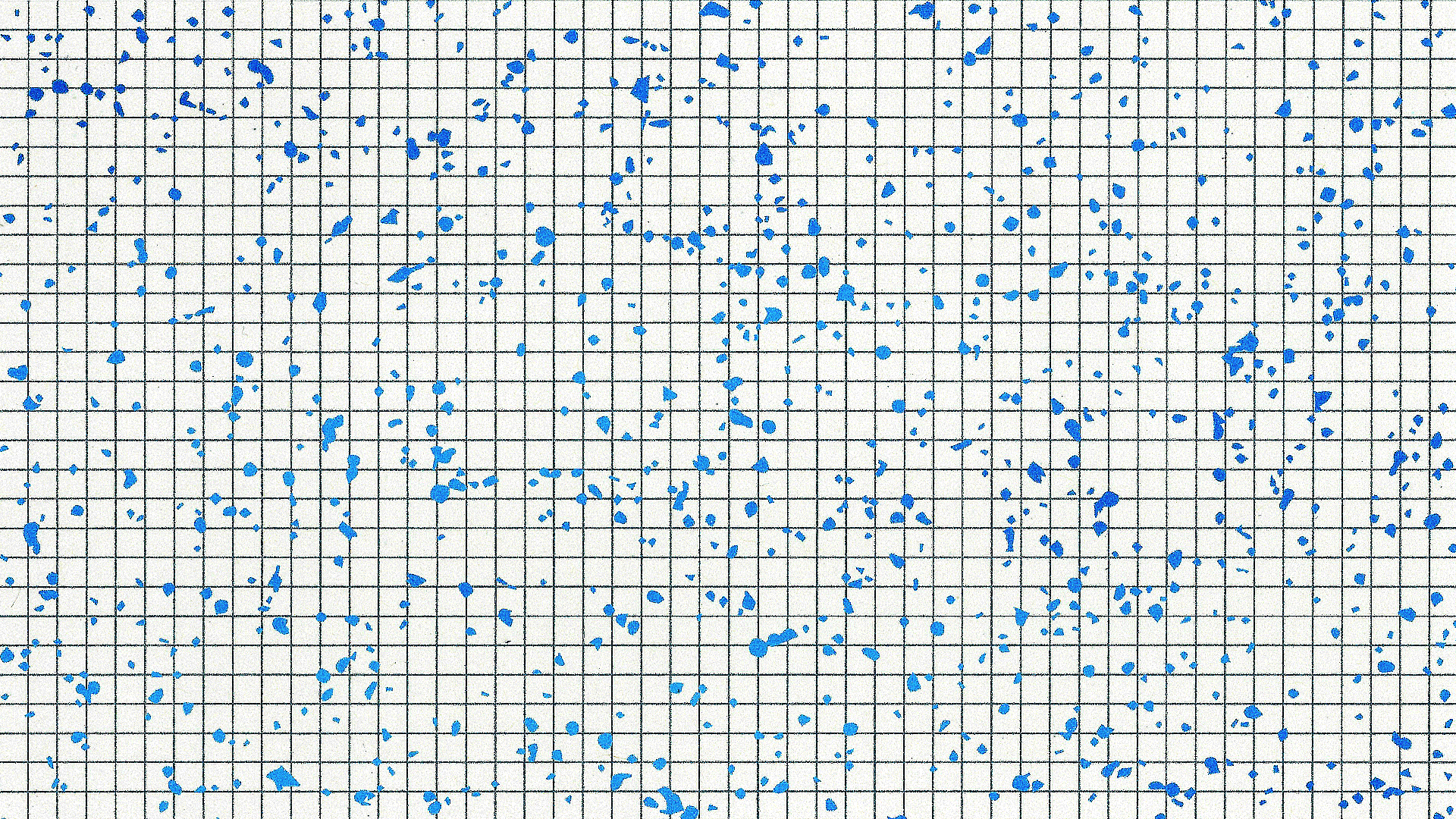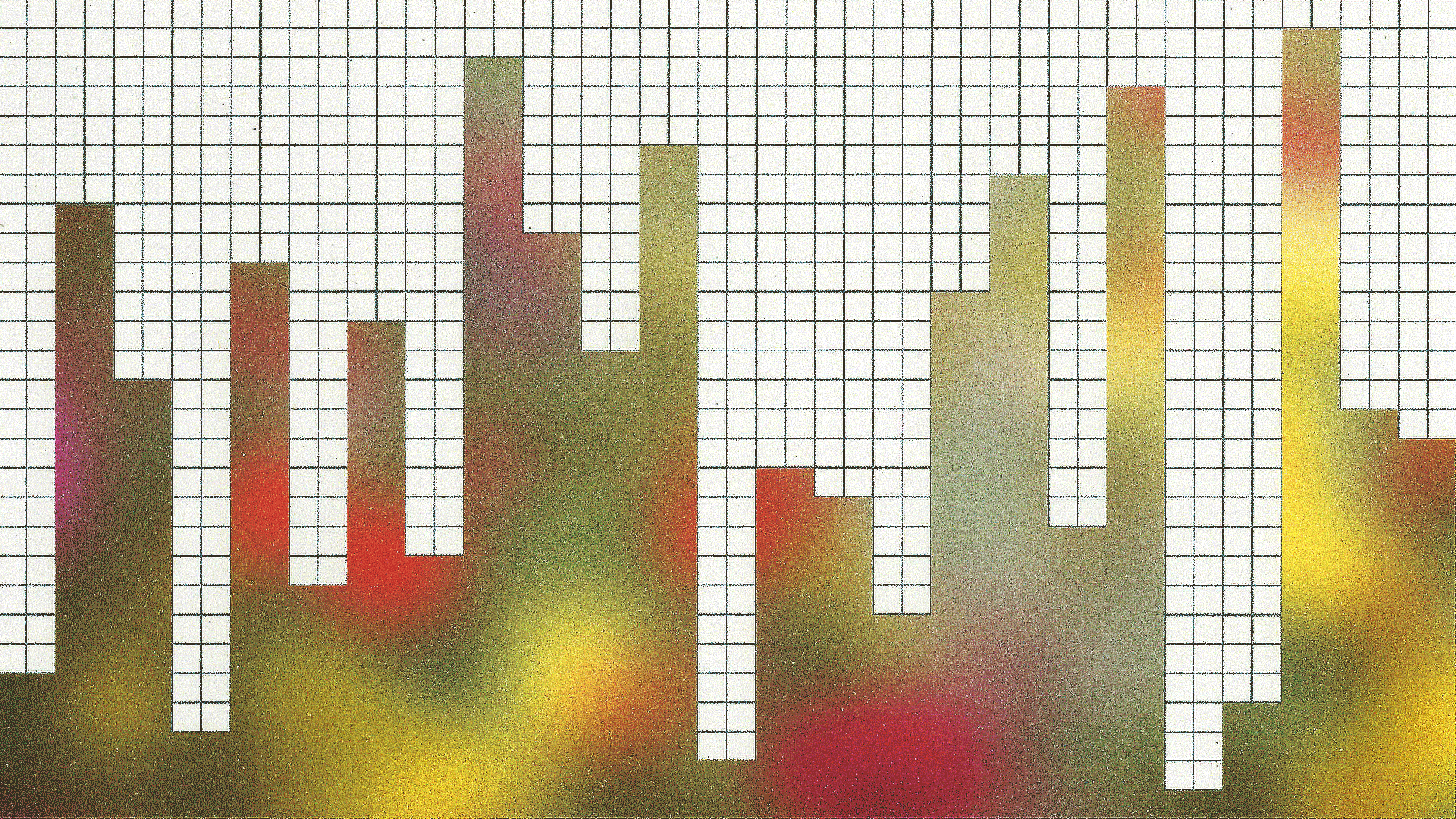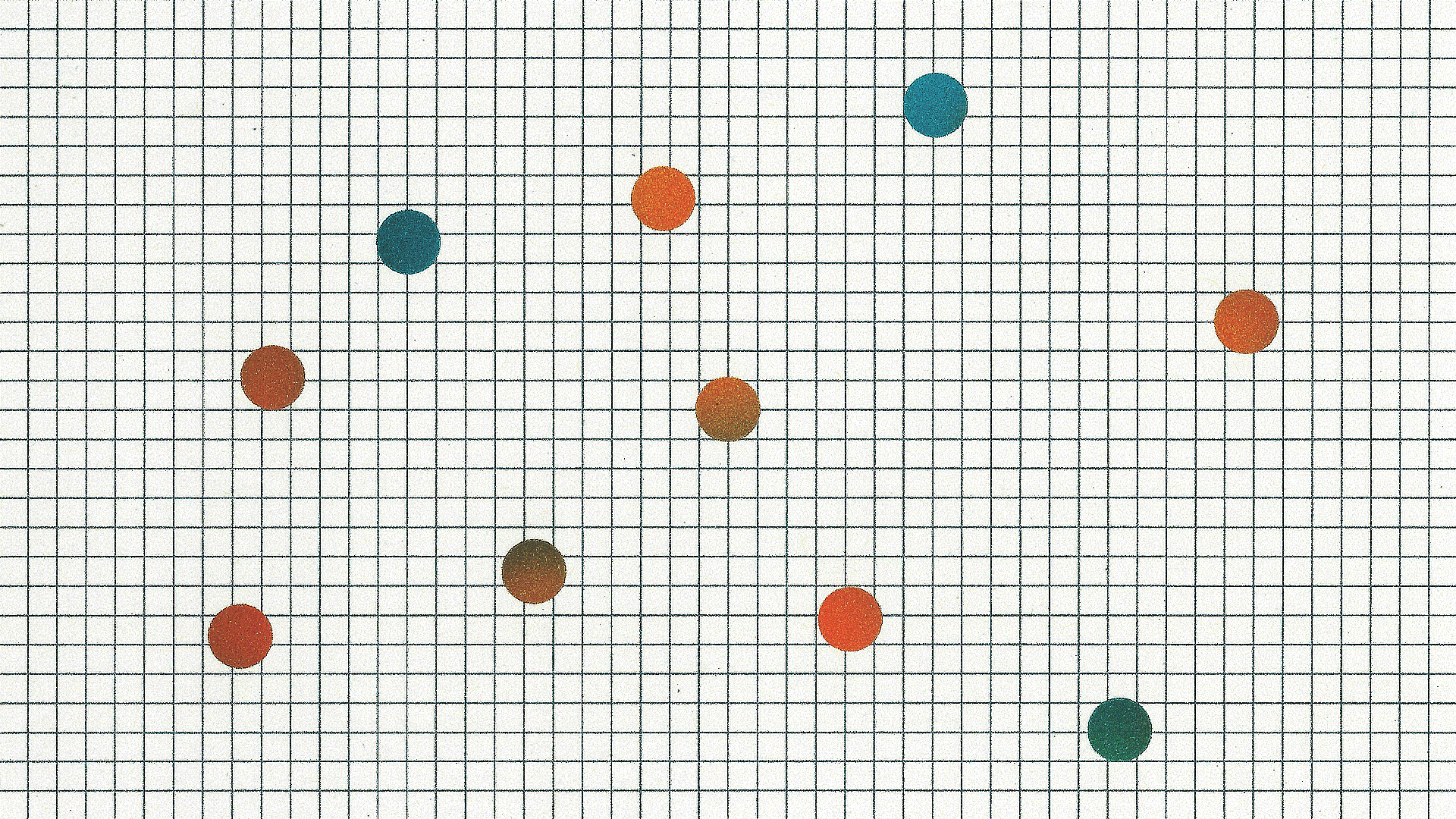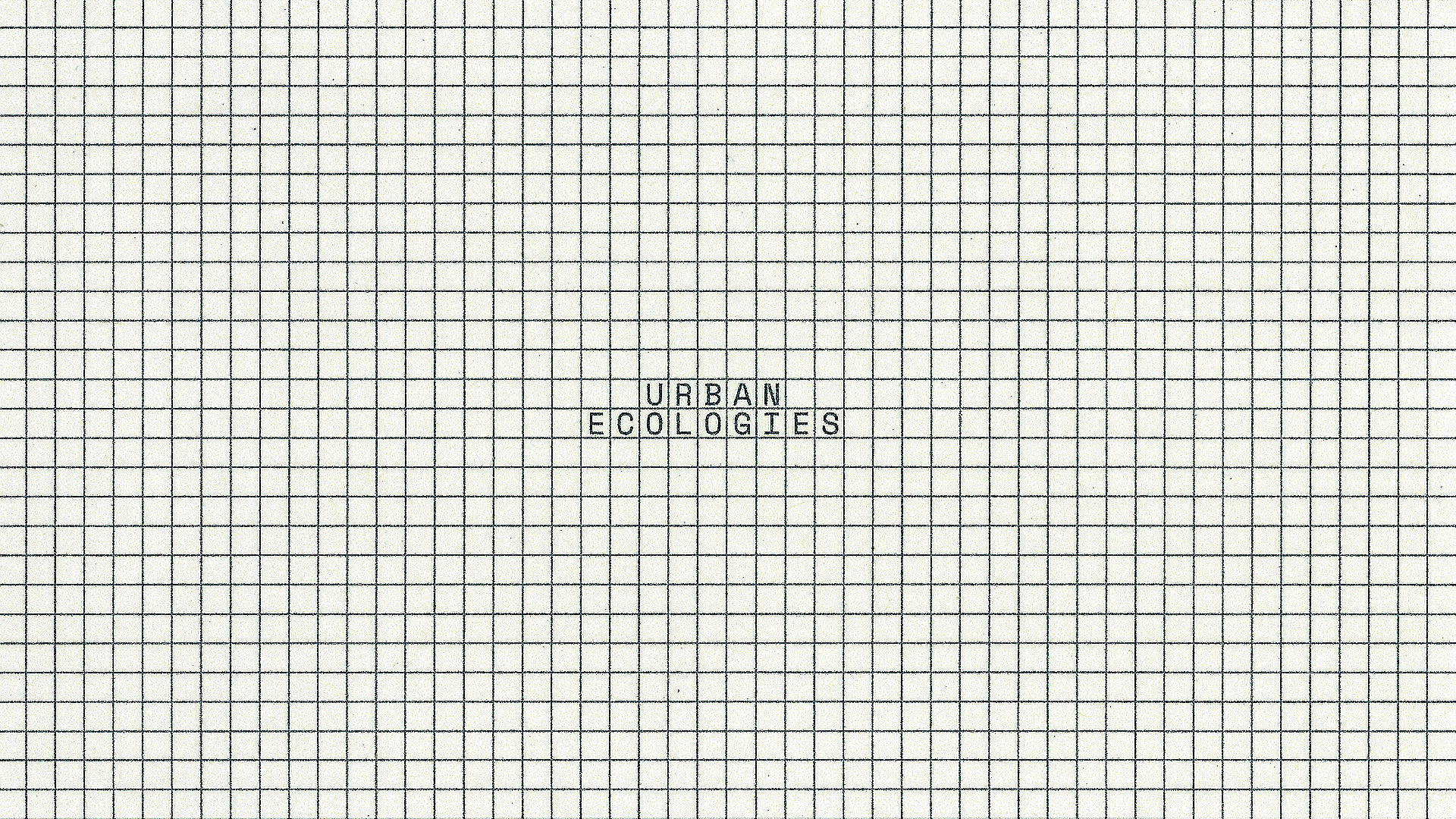MOLD’s series on Urban Ecologies is an exploration of how the ever-evolving built environment affects the way we think about, grow, and eat food.
In March 2011 when the Fukushima Daiichi nuclear reactor was hit by a tsunami resulting in a catastrophic meltdown, the contamination of Fukushima and its surrounding regions devastated local agriculture. Radioactive fallout worked its way into the earth and soil, contaminating beef, milk, and vegetables produced in the region. Nearly 80% percent of the land area contaminated is related to agriculture, and a year after the incident the agriculture sector saw over a billion dollars in losses1. In response to the ensuing national fear of contaminated food products, the government of Japan chose to downplay the threat of radiation on foods by setting a questionable safety level for irradiated food and publicly criticizing those hesitant to buy products2 3.
Despite the government’s campaign to assuage the public’s fears, community-supported farmers from the region, or teikei (“partnership”) farmers, immediately stopped sending potentially harmful products to their customers. The community of teikei farmers, who had already been losing business, took an even more critical hit to their livelihood from the disaster. However, with the support of their member-consumers, the teikei farmers of the region were eventually able to buy equipment to test their produce, going beyond national policy in order to set much more rigorous standards for selling products from the contaminated region4.
- 1. Tomoko M. Nakanishi and Keitaro Tanoi, eds., Agricultural Implications of the Fukushima Nuclear Accident (Tokyo: Springer, 2013).
- 2. Asahi Newspaper. April 16, 2011b. Earthquake, tsunami, nuclear power plant accident, and groundless rumors—Quadruple-suffering.
- 3. Ministry of Agriculture, Forestry and Fisheries of Japan (MAFF). 2011. Tabete oen shiyo! (Let’s support by eating!).
- 4. Kondoh, Kazumi. “The Alternative Food Movement in Japan: Challenges, Limits, and Resilience of the Teikei System.” Agriculture and Human Values 32, no. 1 (March 2015): 143–53.

Teikei is a partnership that directly connects farmers who grow organic food with consumers whose buy-in supports and secures sustainable farming operations. Costs for every aspect of the supply chain are shared and discussed by both the farmers and consumers, so that they can set a fair buy-in price for those who want to join the co-operative. Consumers who invest will receive produce directly from farmers throughout the season. This system first emerged in the early 1960s when the Japanese government passed major legislation that promoted industrialization and permitted the widespread use of pesticides, with the aim of facilitating more efficient production. Through this investment in agriculture and the land being worked, a relationship of trust between member-consumer and farmer is formed. In turn, the ecological well-being of the land that is producing the food becomes a fundamental part of this relationship.
The Fukushima case is demonstrative of how teikei has created a support network between farmers and their customers that works against labor and consumer exploitation in ecological precarity and crisis. In the last year, the pandemic and the socio-economic fears that have come with it, has caused a rise in the popularity of community-supported agriculture (CSA)—an American interpretation of teikei. For those living in urban environments it can feel difficult to escape the reliance on industrial agriculture systems that exploit workers while sowing further ecological devastation. The international success of programs like teikei, CSA, as well as SoLawi (“solidarity agriculture”) in Europe, offer guidance to building more interconnected agricultural systems in the current ecological crisis.
The growing environmental fears that emerged in the middle of the twentieth century motivated pioneering groups like the Japanese Organic Agriculture Association to create a new food co-op system, the principles of teikei equipped this new model of agriculture to be adaptive to social and ecological uncertainty. The success of teikei is then the result of decades of consumer and farmer advocacy to bring foods untainted by chemicals to their local markets.
Inspired by teikei as well as by the collective farm programs in Chile under Salvador Allende’s government in the early 1970’s, CSA programs gained traction in Europe in the US in the mid-1980’s. However, groundwork for the model had already been laid in the US by farmers such as Booker T. Whately who introduced regenerative agricultural practices and clientele membership clubs in 1960’s Alabama after after witnessing how black farmers were unable to compete with industrialized agriculture. For many, these programs have served as a successful food and community support system between people in urban communities and farmers in local agricultural regions.

As demonstrated with the disaster in Fukushima or the COVID-19 pandemic, these relationships of trust empower both producers and consumers with networks of resiliency to endure during ecological and economic crises. They open channels of communication and transparency between farmers and communities concerned about how their food is sourced. Such is a welcome point of contact for urban dwellers who might feel isolated from their food systems and who are increasingly concerned about what the climate5and ecological impact of their food when subsidized industrial agriculture continues to wreak havoc on biodiversity and the climate. This remains a worthy consideration when trying to design systems where ecological diversity in food can thrive, without limiting access to particular groups of people or requiring greater investment from economically vulnerable growers.
Still, as much as these systems are proven to create a fruitful socio-ecological relationship between farmers and consumers, movements have struggled to compete with major industries in agriculture that continue to commodify and market agroecological ideas. By the 1990’s in Japan, teikei membership declined dramatically when industrial producers began to commodify and label organic foods. The same thing is happening with growing public concern about the climate crisis— as a recent report entitled “Junk Agroecology” describes, multinational agricultural industries
“…deploy their considerable media, political and market influence to shape the social and political imaginary regarding what kind of changes in the current agrifood and natural resource use system are desirable and possible. However, they are prey to three major obsessions in this endeavour. The first is a technological-productivist obsession; the second is with the market and global value chains; and the third is with a model of private governance driven by the rationale of ‘you are worth as much as you own’.”
A dramatic political shift is required to ever really impact the ability of multinational agriculture industries to shift their message to confuse concerned consumers. Yet teikei and the community-farmer solidarity that the system has inspired, has created a promising template for agriculture in precarious times. And as the climate crisis threatens farmers and food-supplies all over the world, solidarity between consumers and growers becomes ever more imperative. There are programs all over the US and in many parts of the world that can serve as a model for an alternative agriculture system, to those that industrial systems have, since the first teikei programs sprouted up in Japan, created an increasingly unstable ecosystem.
- 5. IPCC, 2019: Summary for Policymakers. In: Climate Change and Land

